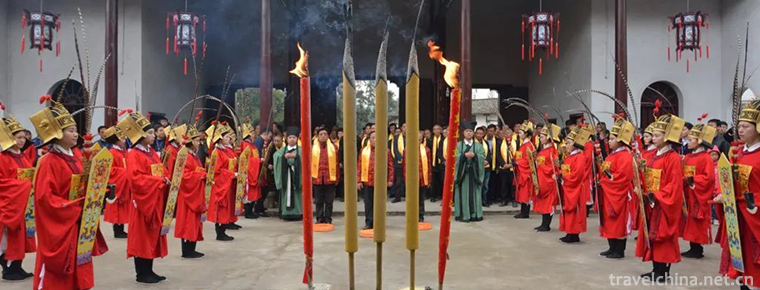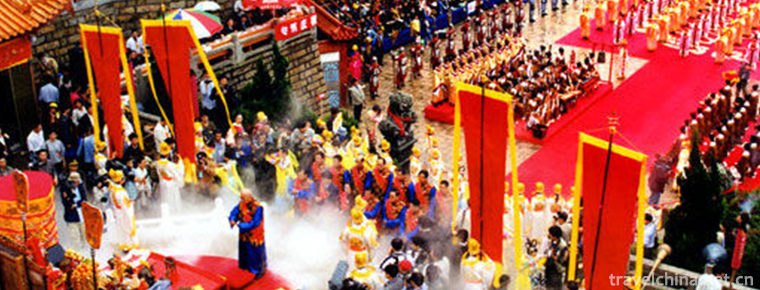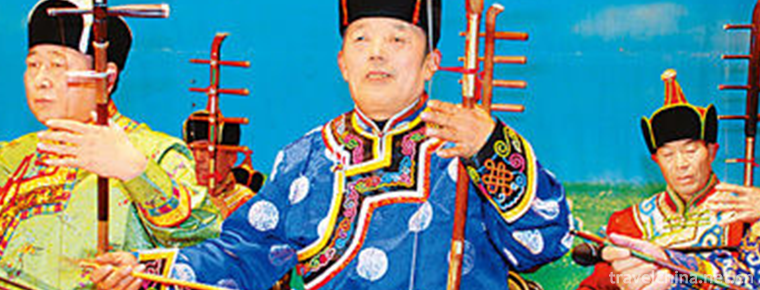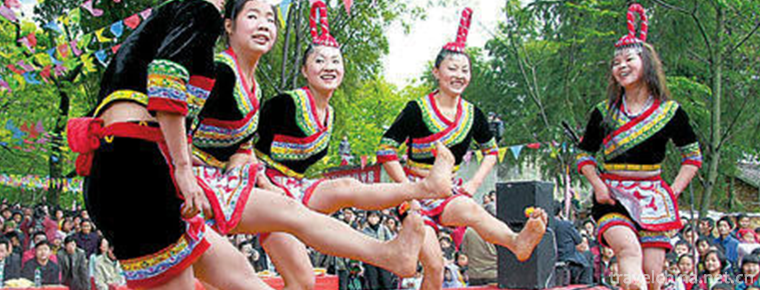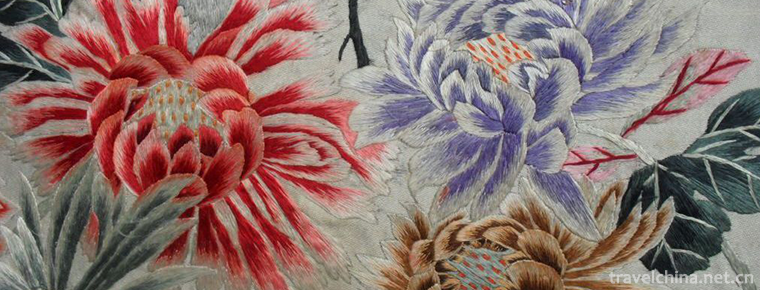Beijing Dancing Academy
Beijing Dancing Academy
Beijing Dance Academy is a full-time ordinary college with the main task of training high-quality dance talents, high-level dance theory research and creation of works. The school, formerly Beijing Dance School, was founded in 1954 and is the first professional dance school in New China. In 1978, the Beijing Dance Academy was formally established with the approval of the State Council. It belongs to the Ministry of Culture and was transferred to the Beijing Municipal People's Government in 2000. The school has the right to confer bachelor's and master's degrees. It is the only specialized dance education institution in China. It is also the largest and well-known dance institution in the world with comprehensive professional settings. It is known as "the cradle of dancers".
In recent years, the school has been deepening the reform of dance education and teaching. There are now Chinese Classical Dance Department, Chinese National Folk Dance Department, Ballet Department, International Standard Dance Department, Musical Opera Department, Creative College (including Director Department, Modern Dance Department, Art Design Department, Image New Media Center), Humanities College (including Dance Department, Art Communication Department). The Department, the Ministry of Public Foundation, the College of Education, together with the Department of Teaching and Research of Ideological and Political Theory, the College of Continuing Education and the Affiliated Secondary Dance School, have formed a dance education system with Chinese characteristics. The school currently has nearly 600 staff, nearly 2300 full-time students (more than 1300 undergraduates, nearly 200 postgraduates and 800 secondary school attached students), about 7000 continuing education students with and without academic qualifications, and more than 50,000 dance teachers are trained at home and abroad every year by the Dance Grade Examination Institute, which has nearly 500,000 schools. Students take the Dance Level Examination.
Over the past 60 years since its founding, the school has earnestly implemented the Party's educational and literary principles, guided by the school motto of "adhering to Taoism, respecting morality, heaven, earth and human beings, integrating culture and dance, and combining virtue and art", with the working objectives of "adhering to high-level cultural pursuit, adhering to high-quality personnel training and adhering to high-level universal education", and guided and promoted them. It is our duty to reform and develop the cause of dance education in China. We should adhere to the principle of cultivating virtue and cultivating people. We should fully perform such important functions as personnel training, scientific research, social service, cultural heritage and innovation, international exchange and cooperation, and strive to build a world-class dance university with Chinese characteristics.
The basic orientation of the school is teaching and research-oriented dance University and Beijing high-level characteristic university.
Service orientation: based on the capital, serving the whole country, facing the international, serving the construction of socialist dance culture with Chinese characteristics.
Functional orientation: dance talent training base, dance academic research base, dance works creation base, dance culture inheritance and innovation base, dance culture and art think tank.
Discipline orientation: Focus on the development of dance performance, dance education, choreography, dance theory and other disciplines, actively promote the construction of stage science and art, art management, media science and technology and dance human science and other related disciplines, and strive to improve the dance discipline system with Chinese characteristics.
Target orientation of talent cultivation: dance culture talents with solid foundation, comprehensive quality, strong adaptability and innovative spirit. Emphasis is placed on the training of dance performers, the creation of elite talents and dance education, and the research of senior talents.
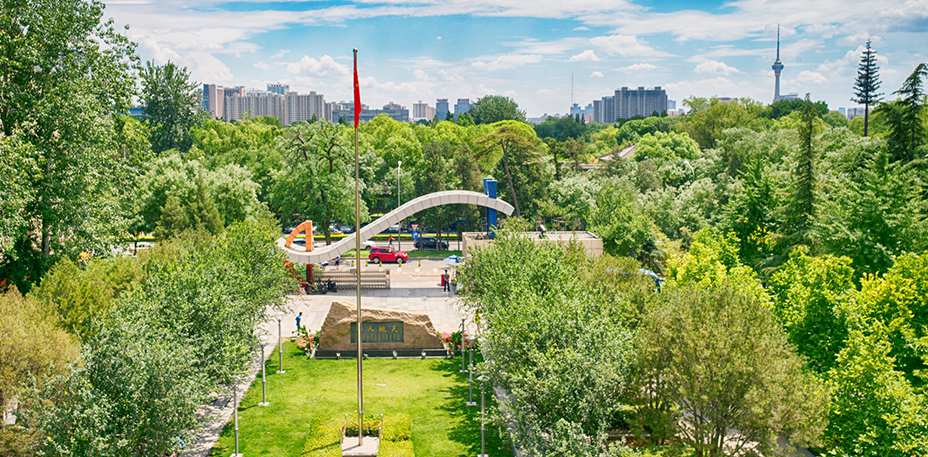

Beijing Dancing Academy
-
Jiuzhaigou Valley Scenic and Historic Interest Area
Jiuzhaigou: World Natural Heritage, National Key Scenic Spots, National AAAAA Class Tourist Scenic Spots, National Nature Reserves, National Geoparks, World Biosphere Reserve Network, is the first nat
Views: 233 Time 2018-10-13 -
Oyster omelet
Oyster fry is a common home dish, which originated in Quanzhou, Fujian Province, and is one of the classic traditional snacks in southern Fujian, Taiwan, Chaoshan and other regions.
Views: 289 Time 2018-11-02 -
Music of Confucius Festival in Liuyang Temple
The ancient music of offering sacrifices to Confucius in Liuyang Temple is a traditional folk music in Hunan Province. A list of the second batch of intangible cultural heritage in Hunan Province has
Views: 155 Time 2019-05-14 -
Brewing Techniques of Luzhou Laojiao Liquor
Luzhou Laojiao Liquor Brewing Technology, Luzhou City, Sichuan Province, the local traditional handicraft, one of the national intangible cultural heritage.
Views: 178 Time 2019-05-15 -
Mazu memorial ceremony
Mazu Festival, which originated in Song Dynasty, experienced Yuan, Ming and Qing dynasties and continued to expand and enrich. By the Qing Dynasty, Mazu was named "Tianhou", and the title re
Views: 231 Time 2019-05-15 -
Mamuteyi Ma mu te yi
Mamuteyi, translated into Chinese as Education Classic, is the product of the slavery society of the Yi people in Liangshan. In the Yi language, "Ma" means education, instruction and persuas
Views: 154 Time 2019-05-16 -
Mongolian Sihu Music
Mongolian Sihu music is one of China's intangible cultural heritage. Mongolian Sihu is one of the most distinctive Mongolian musical instruments, stringed instruments.
Views: 211 Time 2019-06-04 -
March 3 She Nationality
March 3rd is the traditional festival of She nationality. Every year in this festival, a grand song is held, and ancestors worship Valley God, singing and dancing. It is very lively. In addition, we h
Views: 207 Time 2019-06-14 -
Suzhou embroidery
Suzhou embroidery is the general name of embroidery products in Suzhou area. Its origin is in Wuxian, Suzhou. Now it has spread all over Wuxi, Changzhou and other places. Embroidery and silkworm reari
Views: 135 Time 2019-06-17 -
Mount Emei Jinding
Mt. Emei Jinding, also known as Huazang temple, is located on the main peak of Emei Mountain in Sichuan Province, China (29.52567 ° n, 103.336802 ° E), with an altitude of 3077 m. It is the end point of Emei Mountain tour and one of the key Buddhist temples in the Han area.
Views: 340 Time 2020-10-15 -
Suining secondary industry
In 2019, the city's industrial added value will reach 49.158 billion yuan, an increase of 8.7%, contributing 50.7% to economic growth, and boosting economic growth by 4.1 percentage points. The number of Industrial Enterprises above Designated Size reached 573
Views: 364 Time 2020-12-16 -
Meishan water resources
There are 27887 water conservancy projects in Meishan City; there are 15 rivers with a drainage area of more than 100 square kilometers. Among them, Minjiang River flows through Pengshan, Meishan and Qingshen counties from north to south, with an internal flow length
Views: 337 Time 2020-12-18


